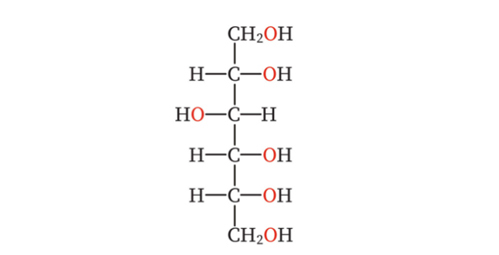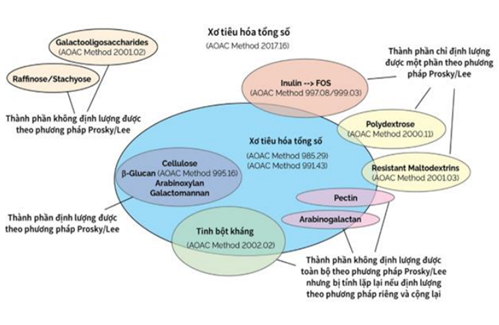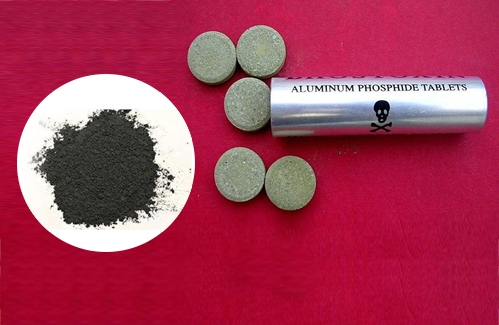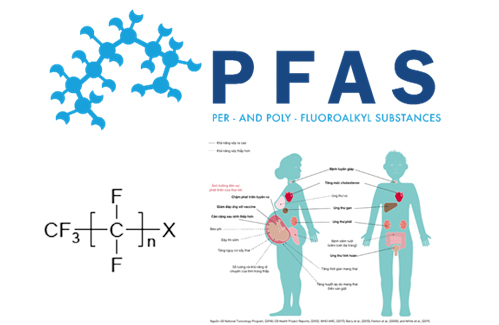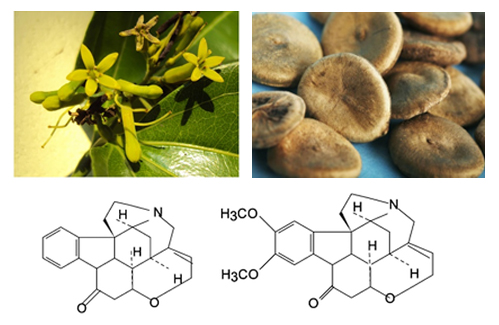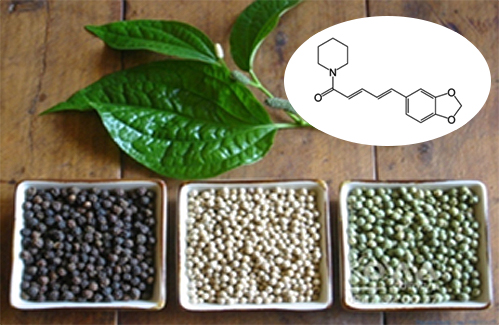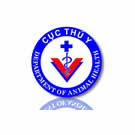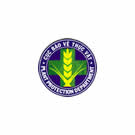- Folder Technical News
- Views 5867
- Last Updated 09/10/2023
Cyanogenic glycosides are found in some common foods such as bamboo shoots and cassava. This is a poison that converts into inorganic cyanide when entering the body, which can cause dangerous poisoning and even death. However, many people still do not know how to prevent food-borne cyanogenic glycoside poisoning and treat cyanide poisoning properly.
In recent years, the National Institute for Food Control has identified the cause of many poisoning cases related to foods containing cyanogenic glycosides and participated in communication activities to prevent cyanide poisoning.
1. Causes and symptoms of food-borne cyanogenic glycoside poisoning
1.1. Cyanogenic glycoside toxin
Cyanogenic glycoside does not directly poison the body, but the metabolite of this compound, hydrogen cyanide (HCN), is the direct cause of cyanide poisoning. Hydrogen cyanide is a fast-acting chemical that interferes with the body's ability to use oxygen, causing respiratory failure and even death at very low doses, the level of 50 mg can be fatal. However, cases of food-borne cyanide poisoning are usually caused by organic cyanide poisoning, mainly cyanogenic glycosides in plants. These substances are easily metabolized in the digestive tract to create hydrogen cyanide after eating foods containing cyanogenic glycosides. Cyanogenic glycosides can be found in the tubers, seeds and fruits of some common fruits such as canna roots, almonds, apple seeds, and spinach. Some foods containing high levels of cyanogenic glycoside can cause severe poisoning for users, the most common in Vietnam is cyanide poisoning caused by eating bamboo shoots and cassava.
a) Bamboo shoots
The cyanogenic glycoside concentration in bamboo shoots is high, about 39-434 mg/kg in fresh bamboo shoots. Some studies also show that the cyanogenic glycoside content in bamboo shoots can be up to 1000 mg/kg. Bamboo shoots contain cyanogenic glycoside taxiphyllin, which is a p-hydroxylated mandelonitrile tiglochinin. Taxiphyllin is hydrolyzed to glucose and hydroxybenzaldehyde cyanohydrin. Benzaldehyde cyanohydrin then decomposes to hydroxybenzaldehyde and hydrogen cyanide.

Figure 1. Bamboo shoots and the toxin taxiphyllin in bamboo shoots
b) Cassava
Cassava is a staple food, as well as a familiar vegetable, especially in the meals of ethnic minorities in our country. That's why there have been many cases of cyanogenic glycoside poisoning in cassava due to improper processing and use of cassava. In cassava, the main cyanogenic glycoside is linamarin, in addition, there is a small amount of lotaustralin (methyl linamarin) as well as the enzyme linamarinase. When catalyzed by linamarinase, linamarin is rapidly hydrolyzed to glucose and acetone cyanohydrin, and lotaustralin is hydrolyzed to cyanohydrin and glucose. Under neutral conditions, acetone cyanohydrin decomposes into acetone and hydrogen cyanide. In addition, the above cyanogenic glycosides, after entering the gastrointestinal tract, can be hydrolyzed by the enzyme β-gluconidase produced by intestinal bacteria into glucose, aldehyde and hydrocyanic acid (HCN), which is toxic.
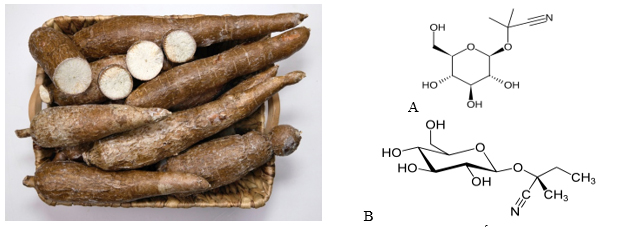
Figure 2. Cassava and two major toxic cyanogenic glycosides
(A) Linamarin; (B) Lotaustralin
c) Other foods
Canna edulis (Vietnamese name is “dong rieng”) root contains certain cyanogenic glycosides, so vermicelli made from this root can cause cyanide poisoning. Poisoning from eating canna vermicelli is usually mild, only causing intestinal cramps or mild dizziness when eating a lot of canna vermicelli on an empty stomach. This condition can be easily prevented by eating a filling meal before eating canna vermicelli.

Figure 3. Canna edulis root and canna vermicelli
Sorghum (Vietnamese name is “cao luong” or “bo bo”) is a food that contains quite high levels of cyanogenic glycosides in the plant and sprouts, the content in the seeds of the plant (the part used for human food) is quite low, so it rarely causes poisoning. However, if you eat a lot, it can still cause mild dizziness.
Some seeds of fruits such as apples, apricots or pears contain the cyanogenic glycoside amygdalin. Normally we rarely encounter poisoning from these nuts because the seeds are removed before eating. However, there are still places where apricot seeds are used as food, or there are cases in which apple seeds are accidentally swallowed when eaten. Almonds also contain a certain amount of amygdalin; some species of almonds contain high levels of cyanogenic glycoside such as bitter almonds. They can cause mild poisoning with symptoms such as nausea, vomiting or dizziness.
1.2. Symptoms of cyanide poisoning due to cyanogenic glycosides in food
Cyanide poisoning can be chronic or acute. For food-borne cyanogenic glycoside poisoning, the most common form is acute poisoning. The severity of the poisoning depends on the route of poisoning, time of poisoning, amount of poison, empty stomach, and stomach pH. Patients often experience symptoms such as an initial burning sensation in the tongue and throat, headache, dizziness, abdominal pain, nausea, rapid and deep breathing. More severe symptoms may occur such as consciousness disorders, coma, apnea, low blood pressure, and seizures, usually appearing quickly after about 30 minutes to 1-2 hours after eating. In cases of severe poisoning, there may be no initial mild symptoms but severe symptoms, which can lead to death if not treated promptly.
1.3. Situation of food-borne cyanogenic glycoside poisoning
From 2020 to July 2023, the National Institute for Food Control recorded 3 cases of food-borne cyanogenic glycoside poisoning from localities. These poisonings occur due to eating foods that contain a lot of cyanogenic glycosides but are not prepared properly or in excessive amounts. Cases of poisoning have been specifically recorded as follows:
In May 2020, in Nhom Po village, Ta Ba commune, Muong Te district, Lai Chau province, a poisoning incident caused by eating cassava sprouts caused two people to die (3 years old and 10 years old), and one person to fall into a coma (14 years old). In samples sent to the National Institute for Food Control, samples of cassava sprouts contained cyanide with a content of 72.6 mg/kg; intravenous blood samples detected cyanide in traces.
On December 31, 2020, at Tong Kim village, Vinh Yen commune, Bao Yen district, Lao Cai province, 4 children (2-10 years old) and their parents ate grilled cassava grown by their families. After eating, on the same night, 2-year-old Thang showed signs of nausea, vomiting, and mild fever; 3-year-old Chu showed signs of being tired, lethargic, not alert, and at the same time belched up a little undigested cassava. After that, his family took Chu to the hospital; the other two children ate grilled cassava and were in normal health. Sample analysis results sent to the National Institute for Food Control showed that the cassava sample contained cyanide, with a 22 mg/100g content.
On May 16, 2023, in Tan Cuong commune, Thai Nguyen city, Thai Nguyen province, a 44-year-old woman and her husband drank pickled bamboo shoots broth made by their family. The woman drank about 200 mL, her husband drank about 30 mL. After taking it for 5 minutes, the woman had a headache, vomiting, slow consciousness, convulsions, metabolic acidosis, emergency at A Thai Nguyen Hospital, then transferred to Bach Mai Poison Control Center. The analysis results of the pickled bamboo shoots broth sample that the patient drank was sent to the National Institute for Food Control found cyanide with a concentration of 3.9 mg/L.
It can be seen that food-borne cyanogenic glycoside poisoning is very easy to occur and can cause poisoning with severe symptoms and even death if not treated promptly, especially in young children.
2. Treatment and prevention of food-borne cyanogenic glycoside poisoning
2.1. Treatment of cyanide poisoning
In case of detecting poisoning of a patient, it is necessary to notify the health authority and take the patient to a medical facility promptly. If the poisoning is detected early within 1 hour after eating, gastric lavage can be performed, then activated charcoal is taken at 1 g/kg body weight and continued monitoring. With cases of late detection, or severe poisoning, treatment usually includes resuscitation to ensure survival and detoxification.
- Mild poisoning: breathe oxygen 40%, closely monitor and treat symptoms.
- Moderate poisoning: breathe 100% oxygen (no more than 12-24 hours) and treat other symptoms, use antidotes such as amyl nitrite, thiosulfate salt.
- Severe poisoning: breathe 100% oxygen and treat other symptoms, detoxify with amyl nitrite with hydroxocobalamin or nitrite salt, or thiosulfate salt with dicobalt edetate.
2.1. Prevent food-borne cyanogenic glycoside poisoning
To avoid cyanogenic glycoside poisoning from cassava, when eating, peel, cut off both ends of the cassava (because the skin and both ends contain many toxins), and soak in water. When boiling, open the lid to let the HCN evaporate. Dried or silage cassava also allows the removal of most of the toxins. But also pay attention not to eat too much cassava when hungry.
For bamboo shoots, similar to cassava, preliminary processing by soaking thoroughly in large amounts of water for many times and boiling several times, then opening the lid when boiling also helps eliminate cyanogenic glycoside toxins in bamboo shoots. With sour bamboo shoots, do not eat or drink water-soaked bamboo shoots too much.
Similar to other cyanogenic glycoside-containing foods, pretreatment by immersion helps to dissolve the toxins in the soaking water, and heat processing converts the cyanogenic glycosides into volatile HCN from the food. It is evident to limit eating these foods, especially when hungry.
3. Propaganda activities to prevent and control food-borne cyanogenic glycoside poisoning
In recent years, the National Institute for Food Control has determined the cause of many food poisoning cases related to cyanogenic glycoside and participated in communication activities for grassroots health workers and people to prevent food-borne cyanogenic glycoside poisoning. With the desire to contribute to reducing cases of food poisoning caused by cyanogenic glycoside in particular and natural toxins in general, the National Institute for Food Control regularly conducts investigation and identification activities for food poisoning causes as well as poisoning prevention communication. Communication activities to prevent cyanogenic glycoside poisoning will help limit future poisoning cases. At the same time, timely test results will help confirm the cause of poisoning and help doctors quickly take timely measures to handle poisoning cases that occur.
The National Institute for Food Control is the highest-level food testing agency, under the Ministry of Health, established under the Prime Minister's Decision No. 376/QD-TTg dated March 23, 2009. covered. The National Institute for Food Control is designated by the Ministry of Health, the Ministry of Agriculture and Rural Development, and the Ministry of Industry and Trade to serve as a testing agency for state management. The National Institute for Food Control is an arbitration testing unit nationwide for food quality and safety. In addition to performing food testing tasks to serve the state management in accordance with functions and duties, the National Institute for Food Control performs food testing services for customers in need. With the leading food testing capability in Vietnam, a laboratory with modern equipment, and a team of experienced staff and experts, the National Institute for Food Control is committed to bringing to customers the best service of food testing with the motto: Honesty, Devotion, Accuracy, Efficiency, Prestige.
REFERENCES
[1]. Sang-A-Gad, P., Guharat, S., & Wananukul, W. (2011). A mass cyanide poisoning from pickling bamboo shoots. Clinical toxicology, 49(9), 834-839.
[2]. Ferreira, V. L. P., Yotsuyanagi, K., & Carvalho, C. R. L. (1995). Elimination of cyanogenic compounds from bamboo shoots Dendrocalamus giganteus Munro. Tropical Science (United Kingdom).
[3]. Akintonwa, A., & Tunwashe, O. L. (1992). Fatal cyanide poisoning from cassava-based meal. Human & experimental toxicology, 11(1), 47-49.
[4]. Bộ Y tế (2015), Hướng dẫn chẩn đoán và xử trí ngộ độc.





